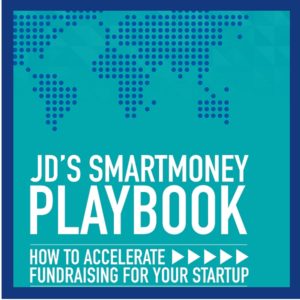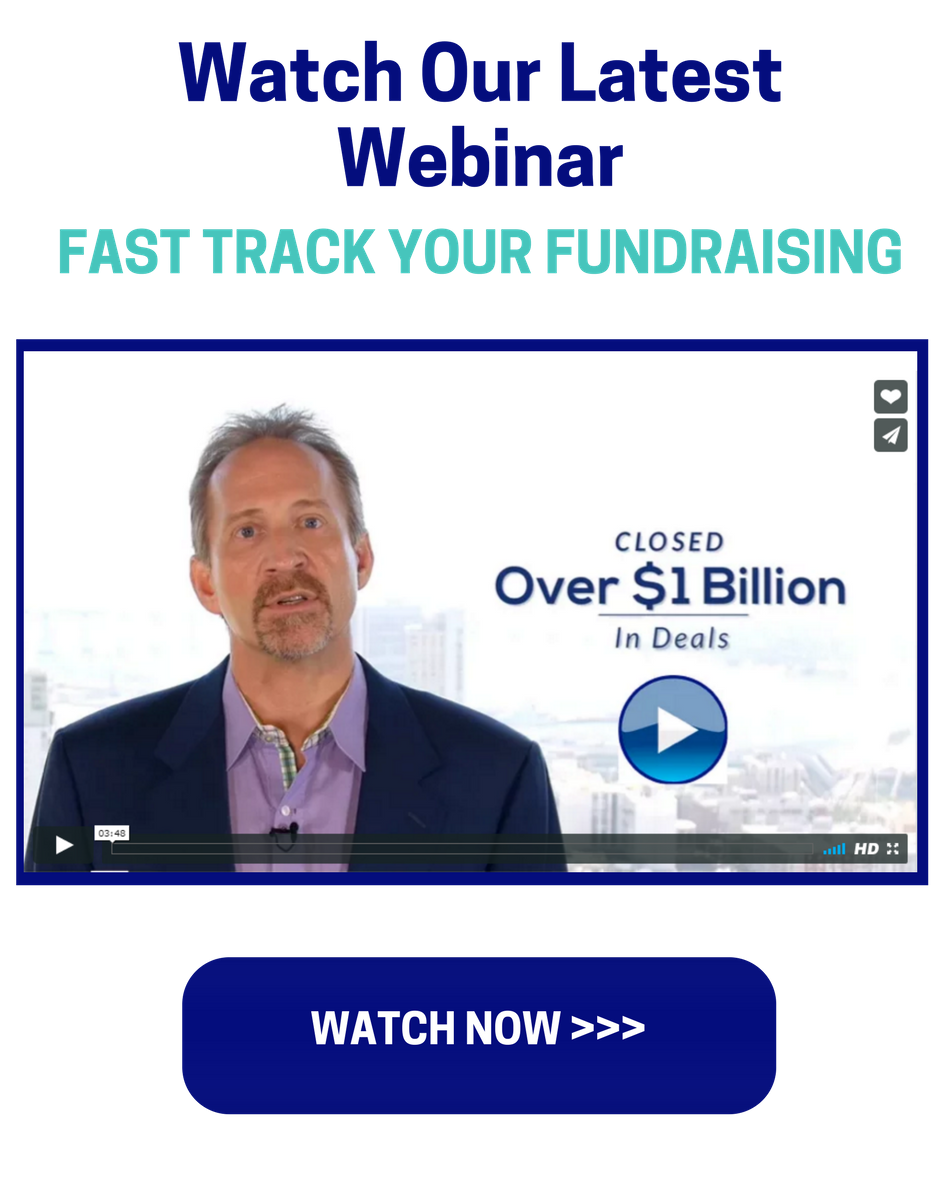“Come back when you have more Revenue”…..
Have you ever gotten this response from an investor?
Here is What It Really Means:
If an investor tells you to come back when you have what seems like an unattainable amount of revenue without an investment to achieve that milestone, it probably means one of three things.
- They aren’t comfortable with the risk profile that your company and team present,
- They may not fund pre-revenue companies, or,
- They used an outrageously high bar to disqualify you because there is another reason that they have decided to pass completely.
I understand how frustrating it can be to get responses like this. You can solve this problem in a couple of ways.
You can save lots of time and frustration by screening your investors before spending alot of time pursuing them and meeting with them. If you have a target list of investors that you have already confirmed invest in pre-revenue companies, or revenues under a certain size, you can save a lot of time and frustration.
Raising money for an early stage startup company often leads entrepreneurs down dead end roads if you don’t have a target list of investors and a fundraising campaign road map.
Startup fundraising is not much different than any other sales and marketing campaign. The “product” that you are selling is 20-30% of your company. The campaign to sell some products is relatively fast and simple. But the campaign to sell 20-30% of a company is a complex sale, with multiple decision makers, and a longer selling cycle.
You probably know that you should build a target list and then work that list aggressively. This can be very simple. Begin with a list of high value target customers, qualify them before making sales calls, and then plan and execute a multi-pronged campaign to engage those high value targets.
So how do you know if an investor is willing to fund a startup with little to no revenues?
The easiest way is to review a list of their recent investment deals to learn what types of deals they actually close. A little bit of research on the front end will save you a lot of time and headaches later – like getting the kind of email we mentioned above.
Here is a list of deals completed by a firm that does seed deals in companies that likely have very small revenues, if any:
In this example, you can see in the right hand column that most of their deals are either Seed or Series A rounds, which signals that they PREFER earlier stage deals.

Just like any other business, most venture capital investors have a targeted strategy to focus their efforts on a specific type of company. In this case, Slow Ventures is a $100M fund that prefers early stage companies. Many VC firms specialize in a specific vertical industry and often by size and stage of investment required. Before you contact investors, take a few minutes to understand if their investment strategy lines up with your company’s current profile. If not, don’t waste your time or theirs asking for a meeting.
Here is a list of deals completed by a firm that generally does NOT invest in pre-revenue start ups:
In contrast, you can see in the right hand column that this VC firm focuses primarily on late stage companies where they can deploy larger amounts of capital. Kleiner Perkins Caufield & Byers has $2.68 Billion dollars of AUM (assets under management), so they naturally invest in larger, later stage deals like the Series B, C and D round deals on the list below.

How should I Respond To This Investor?
If you receive a response like this, the tone and wording used here sends a very clear message:
It’s a no, and I would not waste time pursuing them. The actual reason for the “no” is less important than the fact that their answer was clear based on the tone of their email. I would move on, but I definitely encourage you to put together a target list of investors that meet the criteria that you are looking for. It’s a lot more productive to ask for introductions to specific investors that you know are a good fit.
Our Recommendation:
Create a list of investors that have done deals similar to yours. Click here to learn how.







